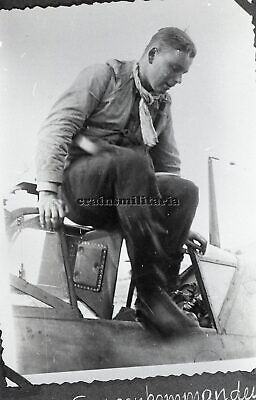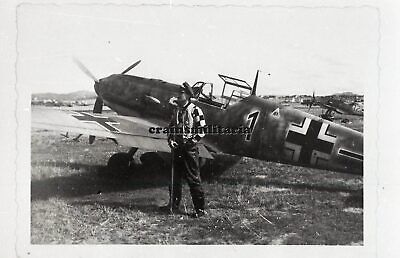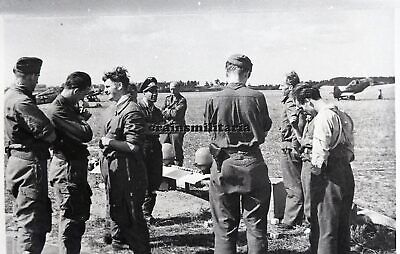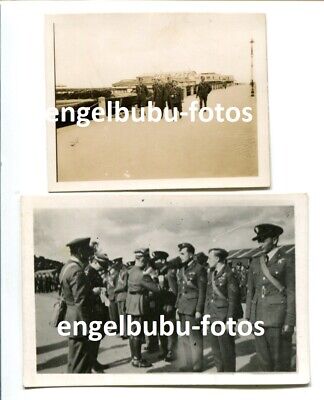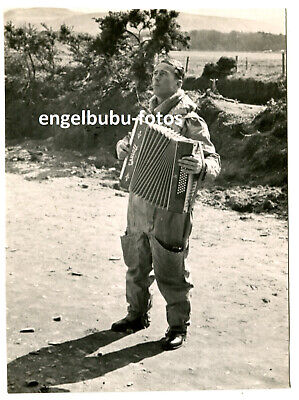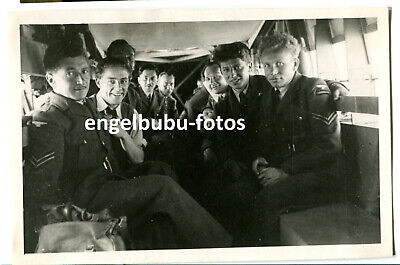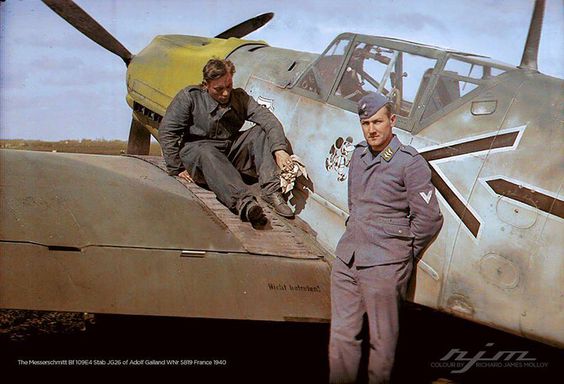- Thread starter
- #1,321
Snautzer01
Honourably banned
- 38,170
- Mar 26, 2007
Eichenlaubtrager Major Rudolf Schonert, the Kommodore of NJG5 ltn Jansen and bordfunker


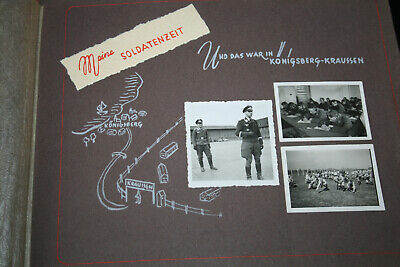

Foto Album Militär 1941/42 Soldatenzeit 130 Bilder sauber im Album dokumentiert | eBay
Entdecken Sie Foto Album Militär 1941/42 Soldatenzeit 130 Bilder sauber im Album dokumentiert in der großen Auswahl bei eBay. Kostenlose Lieferung für viele Artikel!
www.ebay.de
As an eBay Associate we earn from qualifying purchases.

